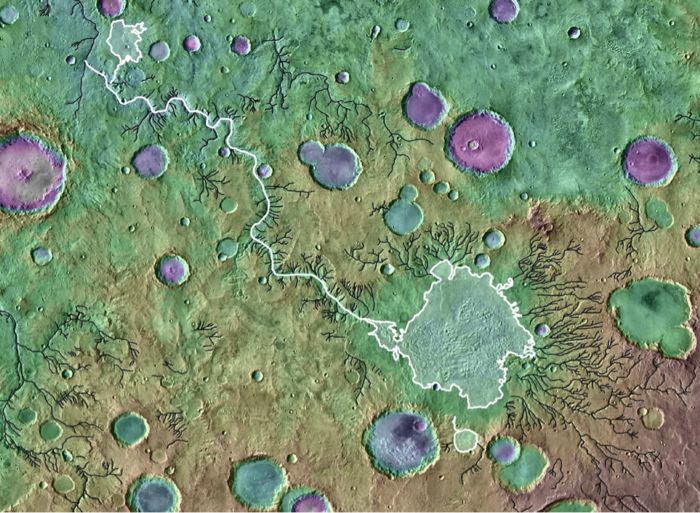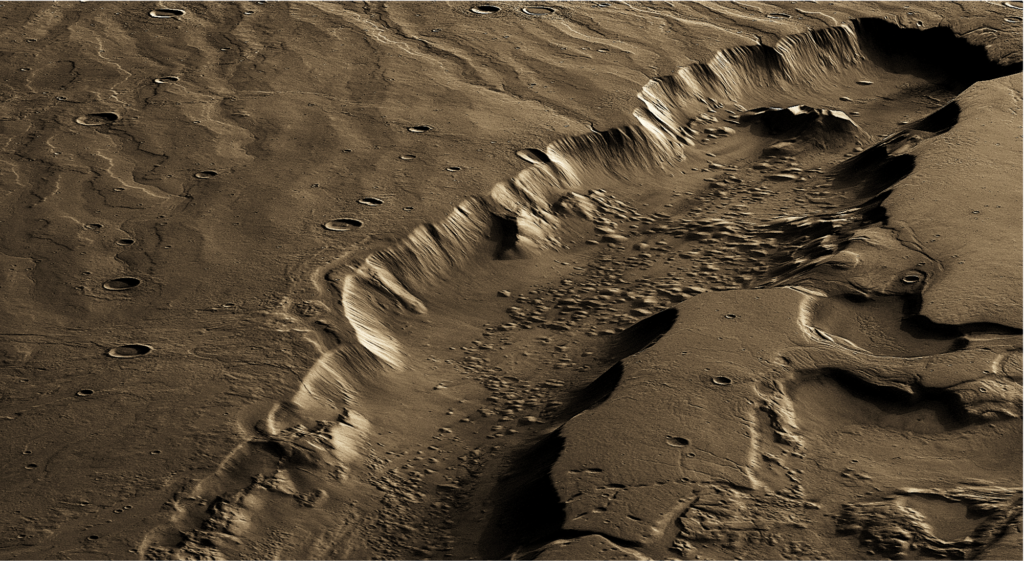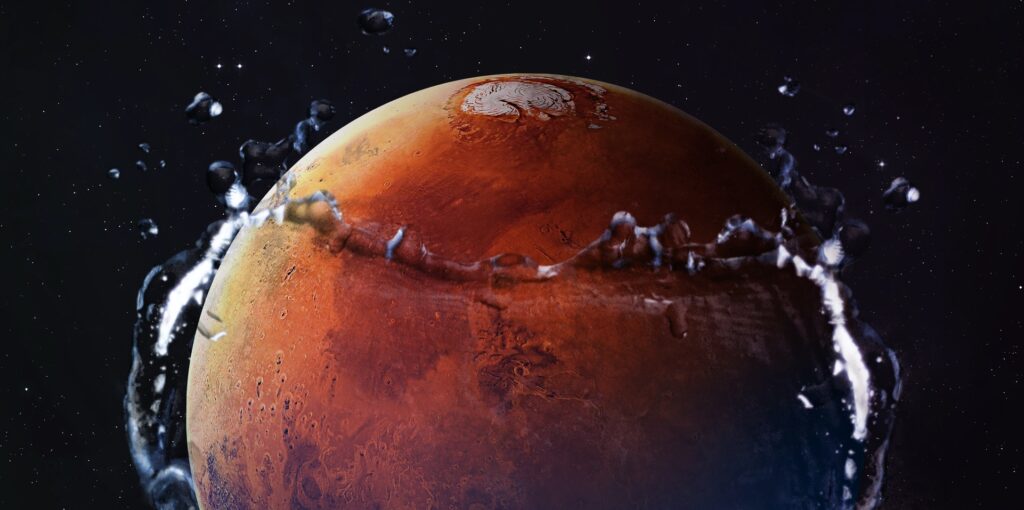This is what a dust storm on Mars sounds like
In "The Martian," dust storms are quite unpleasant and downright dangerous. This is one of the few scientific inconsistencies of the film and book. In fact, they even seem to be very practical, as researchers have often discovered, because they clean solar panels of the dust that settles over time. But what does a dust devil like this even sound like? When the Perseverance rover landed on Mars, it was equipped with the first working microphone on the planet's surface. Scientists used it to make the first-ever audio recording of an extraterrestrial whirlwind. (more…)







